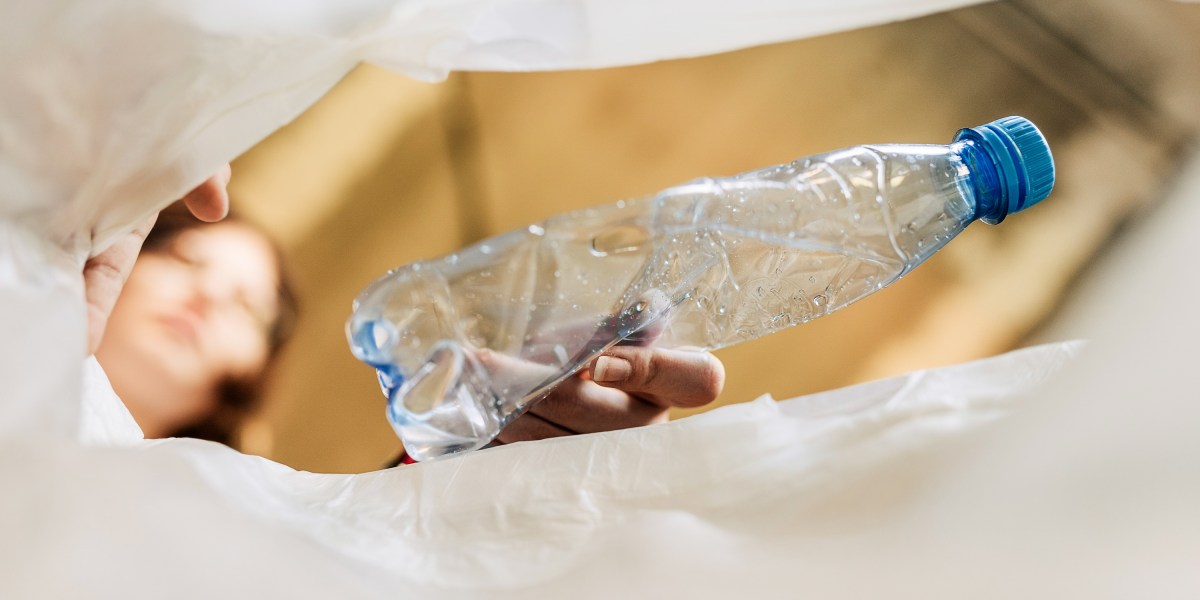
It will probably take until 2024 for the treaty to be completed, and we don’t know all the details yet, though there’s been talk of production limits, as well as more restrictions on what can go into plastics. But limits on how much plastic nations produce probably won’t be enough to solve the problem.
Finding ways to reinvent plastic recycling could also play a huge role in cutting down on plastic’s negative impacts.
Most plastic recycling today relies on thermal and mechanical techniques—basically melting down plastics and reforming them. This works well in some cases, but can lead to a lower-quality product than what you started with.
That’s why almost no plastic water bottles that do get collected for recycling are made into new water bottles. Instead, the small fraction that do end up getting recycled are typically used to make other products, like carpets.
New approaches like chemical and biological recycling could fix some of these problems. For example, last year I wrote about a French company called Carbios, which is working on using microbes to recycle the plastic in water bottles, PET. If the method winds up being economical, it could help more bottles get recycled back into bottles.
But that process won’t work for all plastics. That brings us to chemical recycling, a huge umbrella term for a variety of different recycling approaches.
One of the most interesting areas in chemical recycling to me is mixed-feed recycling: where different plastics might be handled with one process. Plastics that go to a recycling facility today are separated before going through processing, because your water bottle needs a different treatment from your milk jug.
